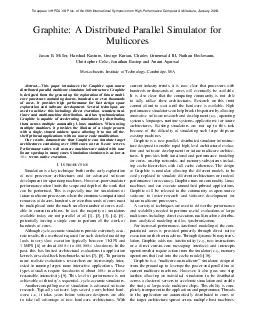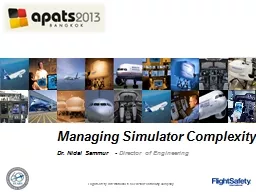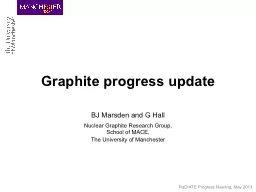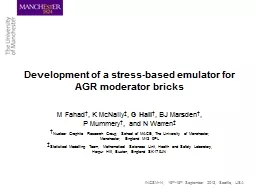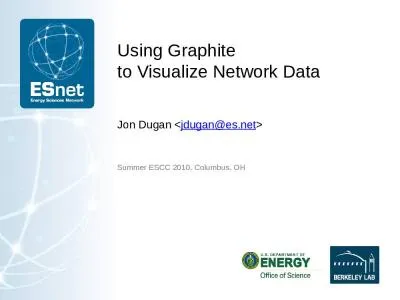PDF-Graphite A Distributed Parallel Simulator for Multicores Jason E
Author : tatyana-admore | Published Date : 2015-01-19
Miller Harshad Kasture George Kurian Charles Gruenwald III Nathan Beckmann Christopher Celio Jonathan Eastep and Anant Agarwal Massachusetts Institute of Technology
Presentation Embed Code
Download Presentation
Download Presentation The PPT/PDF document "Graphite A Distributed Parallel Simulato..." is the property of its rightful owner. Permission is granted to download and print the materials on this website for personal, non-commercial use only, and to display it on your personal computer provided you do not modify the materials and that you retain all copyright notices contained in the materials. By downloading content from our website, you accept the terms of this agreement.
Graphite A Distributed Parallel Simulator for Multicores Jason E: Transcript
Download Rules Of Document
"Graphite A Distributed Parallel Simulator for Multicores Jason E"The content belongs to its owner. You may download and print it for personal use, without modification, and keep all copyright notices. By downloading, you agree to these terms.
Related Documents

